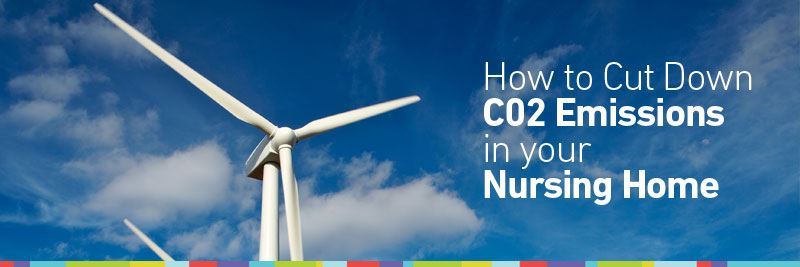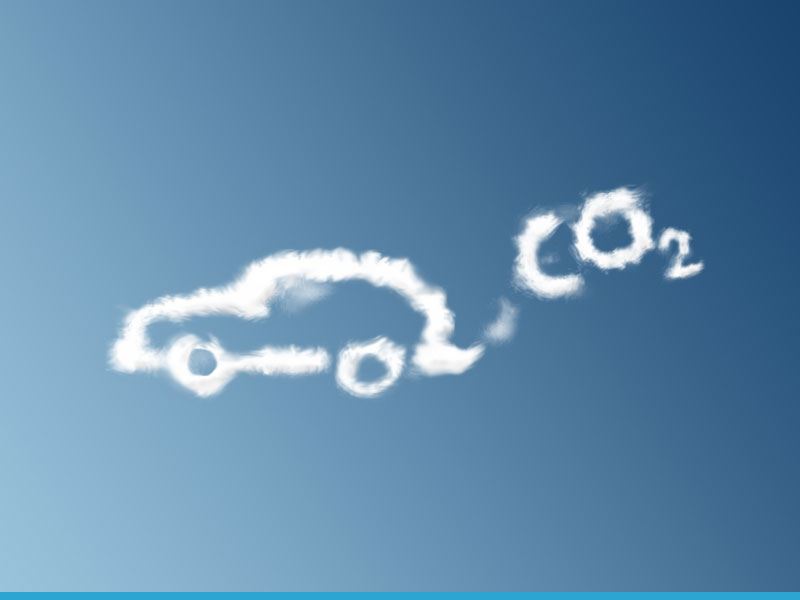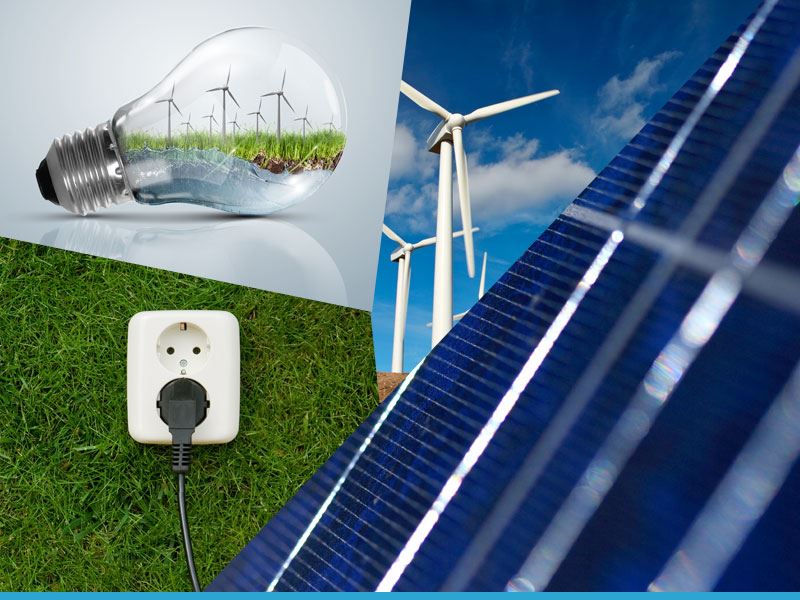According to 2012 reports, the residential care sector accounts for at least 3.4Million tonnes of CO2e each year and £1.07billion in natural resource costs. This is equivalent to the carbon footprint of a small country. It’s no surprise, since people are living longer, and demand for Nursing Home space is greater than ever.
Whilst looking after your patients takes day-to-day priority, it is also important to look after our planet by cutting down on your CO2 emission and boasting a healthier Carbon Footprint. Here’s a few tips on how you can do just that:
Vehicles and Travel:
Trying to make your travel footprint a little greener will go a long way, as well as saving a substantial amount of money at the same time. Whether you own a fleet of mini-vans for transporting/picking up residents or your staff all choose to drive to work, altering how you drive, maintain and choose your vehicles and travel arrangements will make a huge difference.
If staff are commuting, or using company vehicles, encourage them to drive smoothly. Accelerate slowly, stick to speed limits, and anticipate stops and starts, to use the momentum of the vehicle, instead of the gas guzzling engine.
Maintain your vehicles regularly. Faulty or inefficient vehicles burn a hole in both the atmosphere and your pocket. On top of MOT’s and services, conduct your own checks of oil, tires and more. Even though you’re busy, a quick check every month could greatly reduce the cost, to you and the earth, of running a vehicle.
If you’re looking for new vehicles – try to choose fuel efficient, or even electric, ones. For obvious reasons, these are kinder to mother earth. It might cost a little more to invest in a brand new fuel efficient car instead of an old one, but the saving you make on fuel will help to subside the costs over the years.
Try to ensure that two vehicles aren’t doing the job of one. As well as this, bear in mind that longer journeys are often more economical than shorter ones – doing all your errands in one swoop is much more climate-friendly. You could also suggest the idea of car sharing to other employees!
Use public transport where possible or appropriate. This can sometimes be difficult in more secluded areas, or where the transportation of patients is concerned, but if a few members of staff are attending a convention, for example, take the train.
Inside the Nursing Home:
The day-to-day activities in your home will mean that things are much more active than a conventional office or even household, but this doesn’t mean you can’t cut down your CO2 emissions by using the following tips:
Invest in a modern thermostat. This is one item that will almost certainly pay for itself within a few years, especially if your old thermostat or heating system is relatively old. A timed or programmable thermostat will mean you can fine tune your heating to only be on when you need it, saving energy, money and the environment.
Ensure your appliances, lighting, heating and more are all fully efficient. A lot of the tasks involved with cutting your CO2 emission in your Nursing Home are the same tasks you might conduct if you were trying to save money. Check your lights are energy efficient, your appliances have a high energy rating, your heating and cooling system is in top working order, and that your insulation is up to scratch.
Find the off switch. It may seem simple, but turning off lights, TV, Appliances, plugs and more will all help to reduce your CO2 emissions. We know that Nursing Homes don’t have an abundance of money to throw around on renovations, but automatic lights/heating and other such essentials will really help to automate your CO2 and money saving efforts, and will certainly pay for themselves over their lifetime.
Solar Panels. Since the government cut the funding scheme for solar panel installations, they have become slightly less appealing due to the high cost, but if you’re looking to run your nursing home on clean energy, and perhaps make some money selling back to the national grid – solar panels are a sound investment.
Take your admin online. The environmental costs of using an excess of paper are huge, and in an age of technology, there’s nowhere near as much need to do so. Try to take your admin tasks and paperwork online. It’s easier to manage, store, edit and record as well as saving on reams and reams of felled trees.
Waste not want not:
Waste is a huge killer of the environment, and it’s something we all produce, no matter how frugal, careful or strict we are with our waste management regime. What’s important however, is that you do it right. Here are some tips:
Properly segment your waste so that you’re not sending all of your waste to landfill, regardless of type. Ensure that you segregate as much as possible – food waste, general, clinical, hazardous, recycling etc.
Recycle, recycle, recycle. Putting items into the recycle bin, instead of the general waste bin, goes a long way towards cutting down on the costs of getting your waste collected, as well as helping to reduce the amount of CO2 produced at landfill.
Turn your food into energy. You probably throw away a large amount of food in your nursing home, and up until recently, there was no other way to dispose of it other than in the waste bin. Now, through Anaerobic Digestion, it is possible to put your food into a dedicated food waste bin, and have it sent off to make power.
Throw away less. Whatever route you take, throwing things away is never as good for the environment as not using, or not wasting, the item in the first place. To help cut down on what you throw away; ask yourself the following questions:
Can this be sold?
Can this be recycled?
Do I need to replace this item for a newer one yet?
Do I need this item in the first place?
Can I take parts from this item and use them elsewhere? (almost everything works as a doorstop)
Would somebody else, a charity perhaps, find value in this?
Opt out of things that will lead to your wasting more. Do you need to sign up to the physical copy of that magazine? Can you unsubscribe from your junk mail? Did you need to print that email? Did you need 7 colour copies of your last patient record information?
Try to operate in a way that leaves you with less to throw away in the end.



